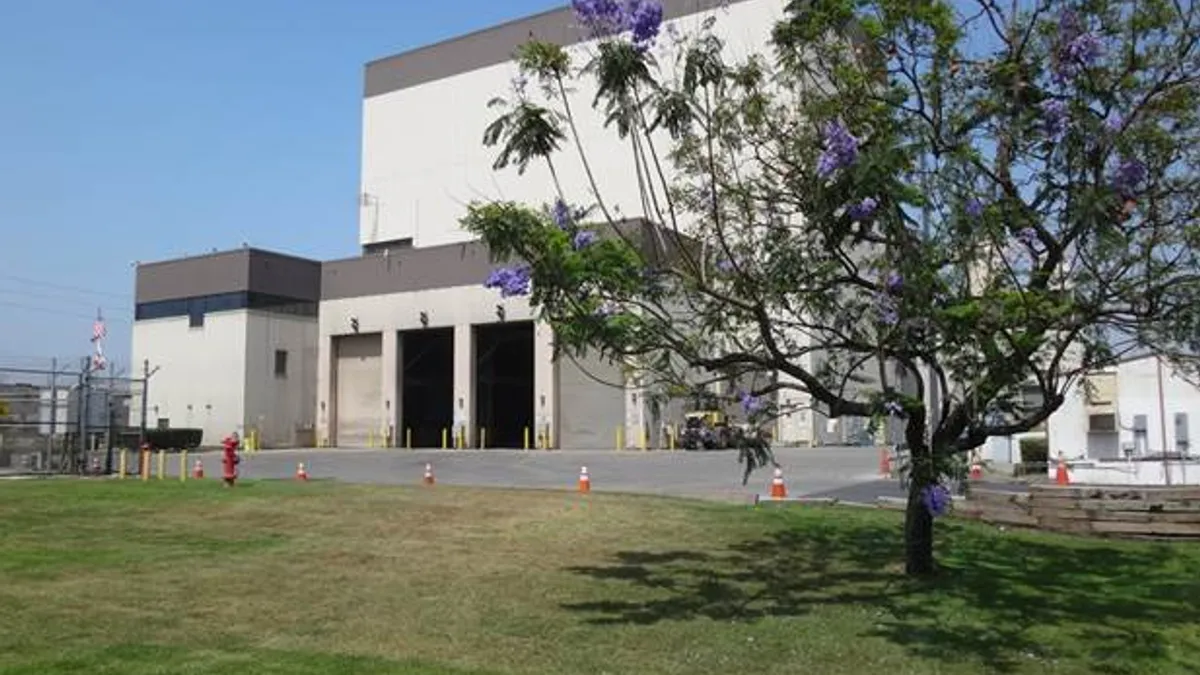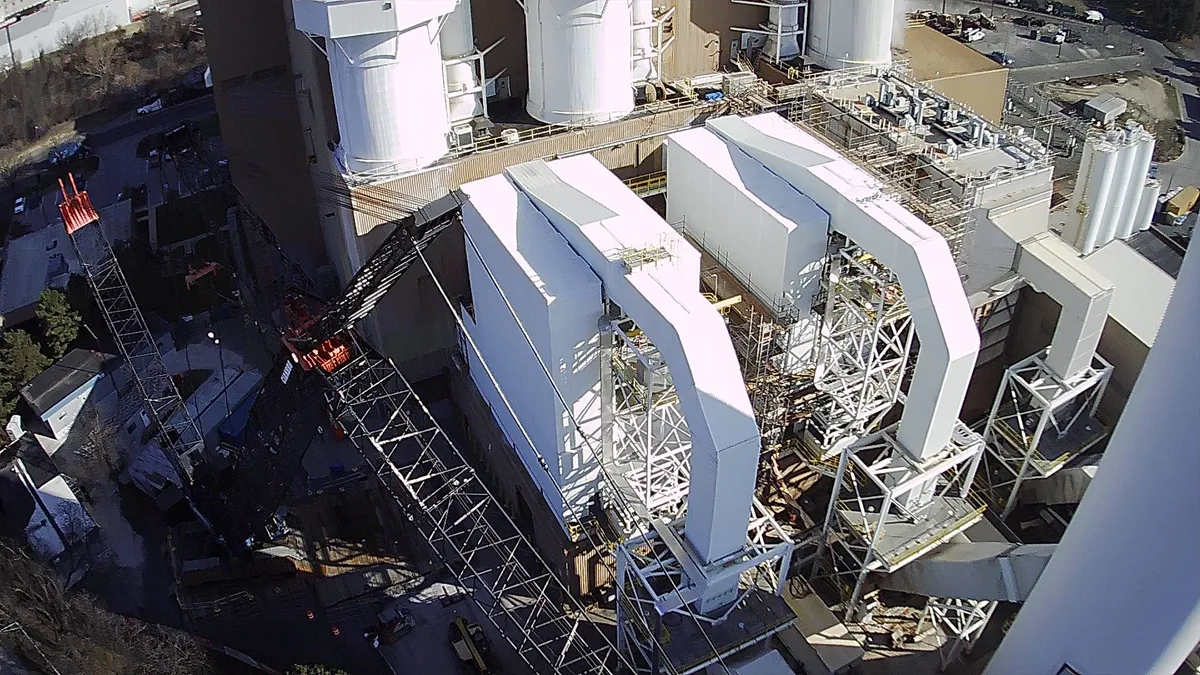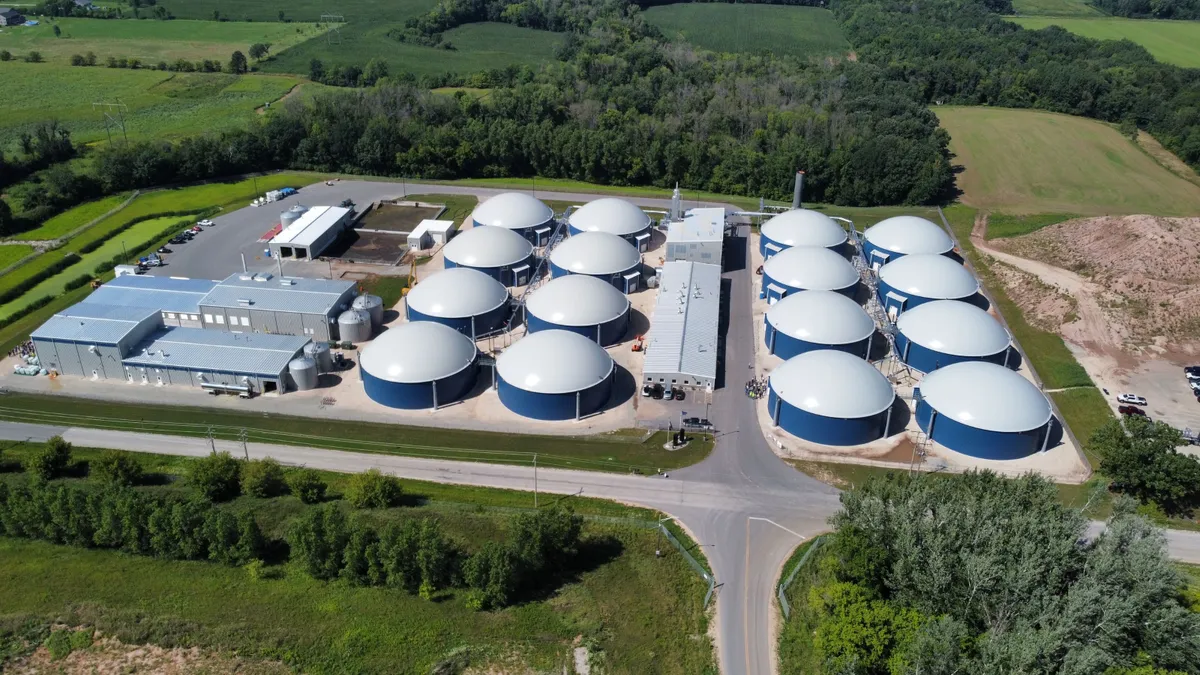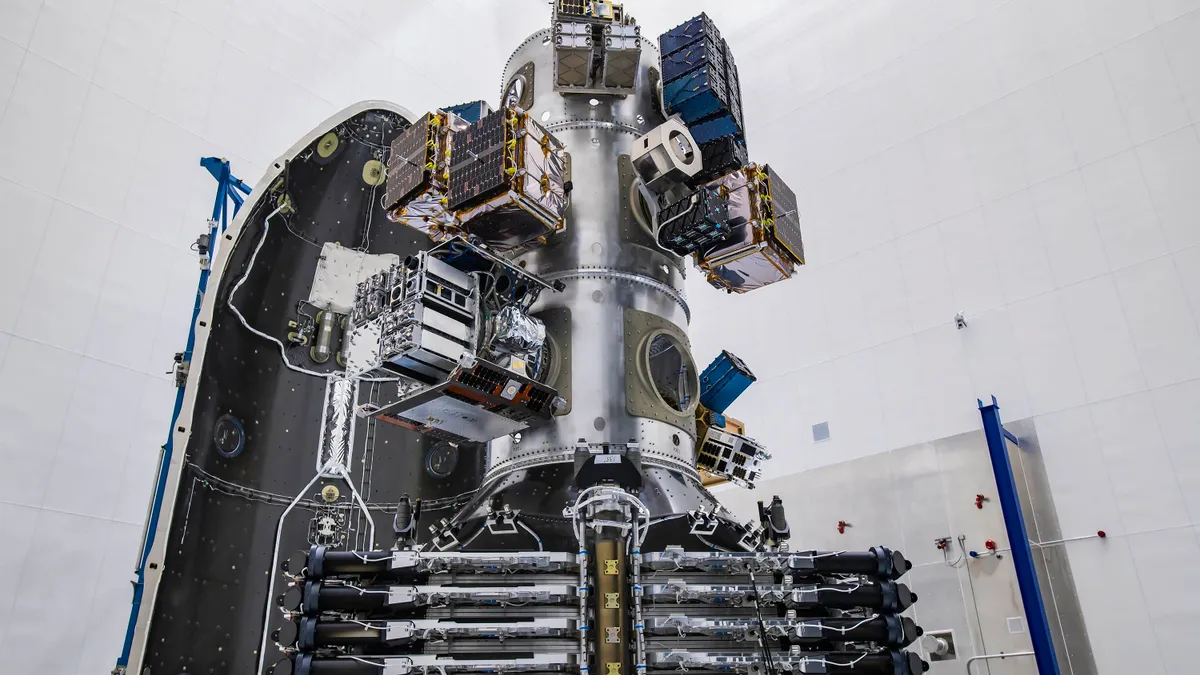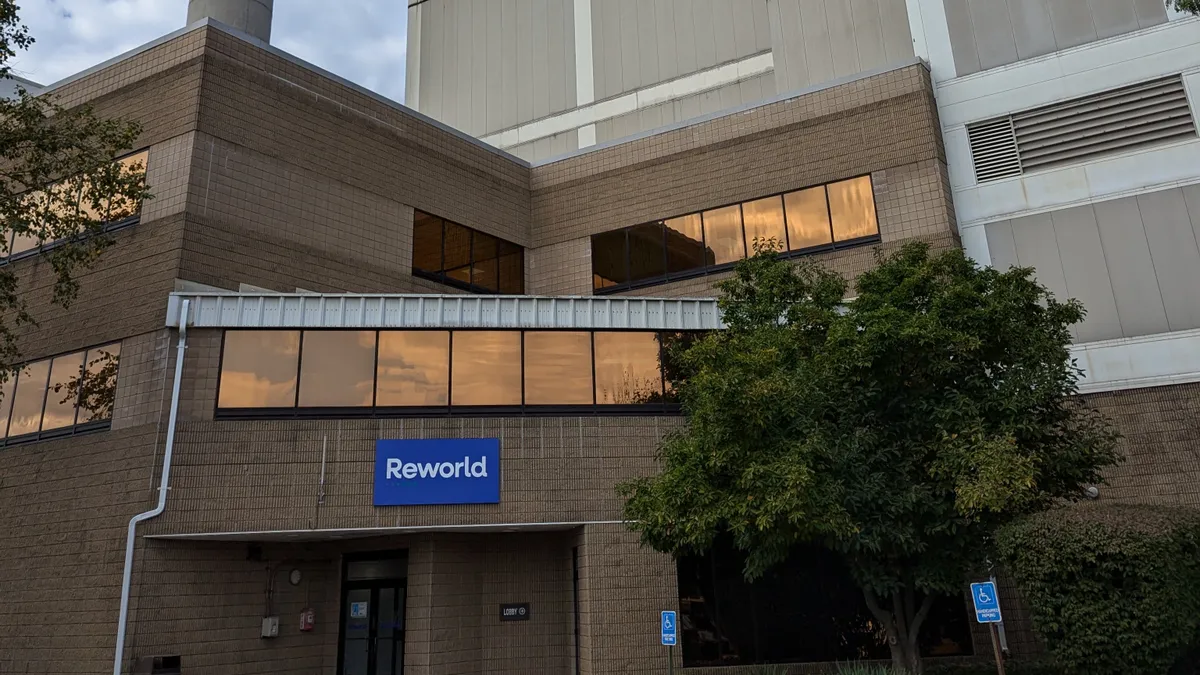California's list of active WTE facilities got even shorter this summer, yet the local waste management system seemingly didn't miss a beat.
The June closure of the Commerce Refuse-to-Energy Facility (CREF) yielded little mention beyond a notice on the Sanitation Districts of Los Angeles County's website. Local advocacy groups heralded it as a victory for environmental justice in an overburdened city. County operators say the site was felled by economic conditions, not performance issues. Covanta, which runs the state's remaining two facilities, says this shouldn't be taken as a sign of WTE's overall financial viability.
The closure of this 350 ton-per-day operation may not rate much attention as bigger discussions about recycling markets play out in California. Yet its fate offers an interesting story of changing economics and future trends for landfill alternatives nationwide.
From demonstration project to demolition
Planning for CREF began in 1981, with the goal of demonstrating WTE was "a viable alternative method of solid waste management in the South Coast Air Basin, where air pollution requirements are the toughest in the world." The project was a source of ongoing industry and academic interest ahead of its opening in 1987. This came at a time when many had concerns about national landfill capacity and saw WTE as one way to address that in addition to expanding curbside recycling.
According to the Sanitation Districts of Los Angeles County (LASCD) — which operates the facility in partnership with the City of Commerce via the Commerce Refuse-to-Energy Authority (CREA) — its award-winning technology has since attracted visitors from all 50 states and nearly two dozen countries.
Locally, CREF hasn't always been quite as popular. Groups such as East Yard Communities for Environmental Justice have campaigned against this "huge dark cloud" for years, saying it added air pollution to an already densely trafficked industrial area within blocks of residential streets.
"Before there was a real groundswell around opposing incineration in California, they were able to push this through," said co-founder Angelo Logan, "basically right before there was a lot of information out in the public around the detrimental effects."
Logan and the Global Alliance for Incinerator Alternatives (GAIA) have heralded CREF's closure as a community victory, pointing to previous air quality events as signs of its adverse effects. They also note that the local census tract ranks in the highest percentile of pollution concerns according to CalEnviroScreen.
CREA did begin deferring non-critical maintenance work at the plant in recent years to reduce costs, but LASCD stands by its operational abilities.
"We think we could have continued to operate just fine and met all of our permit limits," said Charles Boehmke, head of LASDC's solid waste management department. "Its best years of operation, when you look at its reliability, had been the last three years."
Instead, Boehmke said it ultimately came down to revenue.
"It really was all because of the expiration of a 30-year power purchase agreement we had with the local utility, Southern California Edison, that expired on December 31, 2016," he said, explaining this cut previous rates of 11 cents per kWh by nearly two-thirds. "That was insurmountable."
CREA raised tip fees to $84, as far the local market would allow when factoring in cheaper rates at nearby landfills, but that wasn't enough. Energy comprised two-thirds of the plant's revenue model.
AB 655, a stalled 2017 bill that would have granted WTE facilities renewable energy status, was seen as another option to potentially improve CREF's economics. Similar bills had also been pursued in prior years.
Boehmke said that by the end of 2017 "it became obvious that we were losing money and we were going to continue to lose money," leading CREA's board to establish a closure plan in December.
When CREF finally stopped accepting material on June 24, about a week earlier than expected due to a forced outage, the event essentially went unnoticed.
The future of WTE in California
Environmental groups did notice CREF's closure and are now touting it as the latest sign of WTE's declining viability.
Ahmina Maxey, GAIA's U.S. and Canada regional coordinator, called this "another example of what we've been seeing with these facilities," adding that "they can't stand on their own two legs and usually require a lot of subsidies by local communities."
California now has two remaining WTE facilities (plus a small-scale U.S. Army gasification project). The Southeast Resource Recovery Facility in Long Beach, operated by Covanta on a contract that runs until 2024, has capacity for up to 1,380 tons per day. The Stanislaus County Resource Recovery Facility, owned and operated by Covanta, can handle up to 800 tons.
CalRecycle does allow local jurisdictions to count WTE for up to 10% in credit toward meeting the state's waste reduction targets, but that alone may not be enough to set it apart.
Covanta is on record supporting the continuation of renewable energy status for the Stanislaus operation in 2015. State filings show the company has lobbied on both AB 655 and a newer bill, AB 2208, that addresses similar issues.
The company declined to comment about its position on AB 2208 and Communications Director James Regan cautioned against reading too much into CREF's closure. He noted that it can be harder to make economies of scale work at smaller plants, and the state is not unique in relying primarily on landfills for disposal due to plentiful space.
He did confirm that a 30-year power purchase agreement will expire for Long Beach later this year and Stanislaus no longer has one. Regan also noted that long-term power purchase agreements are rare these days due to low energy prices.
"It's not unique to California. We're seeing that all over the country," he said.
While Covanta is of course still happy to get such agreements when it can — such as a recently announced 15-year deal in Oregon and a one-year deal in Virginia — the company has been looking at ways to diversify for years. On the energy side, that may include more local agreements for electricity or steam. On the waste side, that means a focus on non-traditional streams that can yield a higher tip fee. Metals recovery is also an increasing priority for the company, with a major operation set to open in Pennsylvania next year.
Per the company's recent second quarter earnings call, this approach has successfully grown revenue despite expectations that energy prices will continue to decline in the near-term. Though that call also included the announcement of a planned facility closure in New Jersey due to cost factors — a sign that sometimes the math just doesn't line up for certain sites.
Next steps
Now that CREF's days of operation are over, employees are working to decommission the plant and get it ready for whatever comes next. Boehmke said none of the 35 staff were laid off, though some may not be able to transition into the same job titles at other county facilities.
LACSD staff have previously estimated the site could be worth up to $10 million if the plant was demolished and any contamination was remediated. Prior demolition cost estimates range from $2.3 million to $4 million. CREA estimates it could spend $1 million in the upcoming fiscal year cleaning and preparing for that event. Though it may also end up being preferable to sell the site as is for a developer to perform its own demolition.
While the industrial site's potential uses are still up in the air, local groups plan to stay engaged with its decommissioning.
"We're hoping that this site is redeveloped into a useful asset to the community," said Logan. "What we’re looking forward to is a really robust community driven development process."
As the push toward waste reduction continues in California, despite significant recycling market disruptions, this won't be the last WTE facility or landfill that local groups advocate to close. Though whenever material gets displaced from one facility that also raises the question of where it's going next. When asked, neither Logan or Maxey were aware of what had happened to CREF's previous intake.
According to Boehmke, CREF was only handling "a very small fraction" of the 28,000 tons generated on average in Los Angeles County each day. All 20 cities that utilized the plant were given a heads up, but none reported any problems finding new homes for their waste at nearby landfills.



